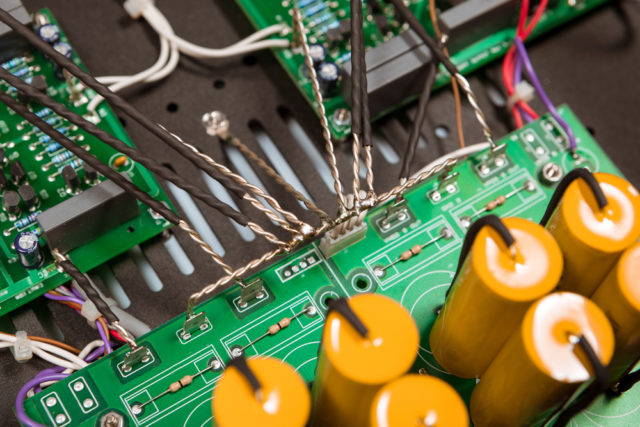Life Savers: The Crucial Role of Semiconductors in Medical Devices
Semiconductors, often overlooked components in the realm of electronics, have a profound impact on various industries. One sector, in particular, is healthcare, where semiconductors are instrumental in the operation of an array of medical devices. In this article, we delve into how semiconductors shape modern healthcare and play a pivotal role in medical devices.

Understanding Semiconductors
Semiconductors are materials with electrical conductivity that lies between that of conductors, such as copper, and insulators, like glass. Their conductivity can be manipulated by introducing impurities, a process known as doping. Silicon, due to its stability, abundance, and ideal semiconductor properties, is the most commonly used semiconductor.

Semiconductors in Imaging Devices
Medical imaging devices, such as X-ray machines, MRI scanners, and ultrasound machines, heavily rely on semiconductors. They employ specialized semiconductors known as image sensors, which convert incoming light into electrical signals. These signals are processed to form images, allowing medical professionals to look inside the human body without invasive procedures.
Semiconductors in Monitoring Devices
Monitoring devices, such as heart rate monitors, blood pressure monitors, and glucose monitors, also contain semiconductors. These devices use semiconductor sensors that can measure specific biological parameters and convert them into electrical signals for analysis. For instance, glucose monitors use semiconductors to measure the amount of glucose in a drop of blood and provide rapid results to the user.
Semiconductors in Therapeutic Devices
Semiconductors find their place in therapeutic devices too. Consider pacemakers and defibrillators: semiconductors in these devices control the electrical pulses sent to the heart, helping it maintain a regular rhythm. In hearing aids, semiconductors amplify the sounds that reach the ear, enabling better hearing for the user.
The Significance of Semiconductors in Medical Devices
Semiconductor technology has revolutionized healthcare, enabling rapid diagnosis, accurate monitoring, and effective treatment. It has allowed for the creation of compact, efficient, and reliable medical devices that can be used in hospitals, clinics, or even at home. Furthermore, advances in semiconductor technology have paved the way for medical innovations such as telemedicine and wearable health monitors.
The Future of Semiconductors in Medical Devices
Looking ahead, semiconductors will continue to play a crucial role in medical technology. With the advent of nanotechnology, there’s potential for even smaller and more efficient devices. Moreover, as the era of personalized medicine dawns, semiconductors will be integral in developing bespoke treatments and devices, opening new vistas in healthcare.
Conclusion
Semiconductors are the lifeblood of medical devices, enhancing healthcare outcomes and improving patients’ quality of life. As technology evolves, so too will the role of semiconductors, promising a future of healthcare where diagnoses are faster, treatments are more effective, and prevention is the norm.




Comments are closed.